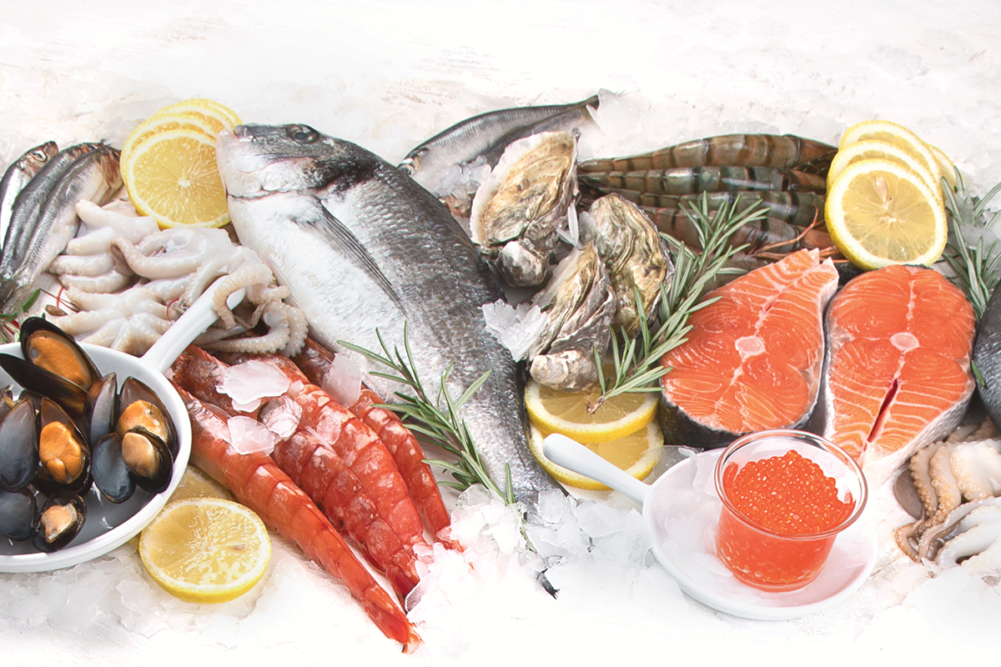Thanks to record-high grocery inflation, fresh seafood sales plunged 13.2% to $618 million in May, according to IRI and 210 Analytics.
Inflation across the store and in seafood is the primary culprit in the sales drop, according to 210 Analytics Principal Anne-Marie Roerink. The average price for finfish jumped 20% to $9.65 versus May 2021. Conversely, average shellfish prices rose only 1% to $8.45 per unit.
Species with the largest sales declines in fresh seafood included crab (-35.4 percent), lobster (-30.8%), shrimp (-19.3%), seafood cakes (-14.8%), tilapia (-14.3%), and seafood salads (-12.8%).
“We’d been hopeful these past few years when retail seafood sales were soaring that finally Americans had become more comfortable preparing seafood at home. At first look, it seems these lessons are not sticking amid the 40-year high inflation, but I don’t think that’s it,” Roerink said. “You can’t un-learn, but you can revert to old habits when life starts to look more like it did pre-pandemic. People are starting to eat out more again, despite the inflation, and this time it includes white tablecloth restaurants that do their fair share of seafood.”
In addition, during these time of inflationary pressure, shoppers may be even more sensitive to seafood prices.
“Seafood has never had an image of affordability — certainly not on the fresh side — and I think that’s a lot of what’s hurting sales right now,” Roerink noted.
In addition to inflation, assortment and inventory is one of the biggest contributors to recent sales declines, according to Roerink. Shellfish assortment (average unique item codes sold per store) dropped 4.6% for fresh finfish and 8.7% for fresh shellfish in May.
“This means a smaller number of items need to work harder to achieve the same level of sales,” Roerink said.

